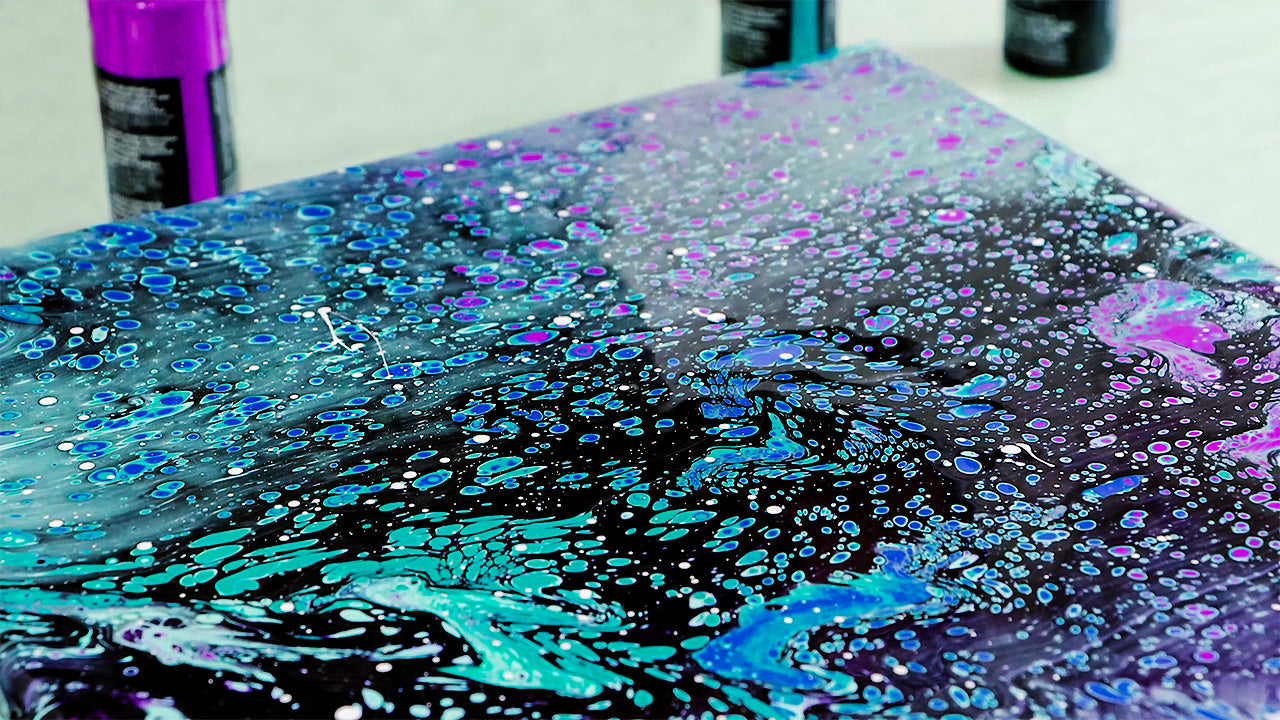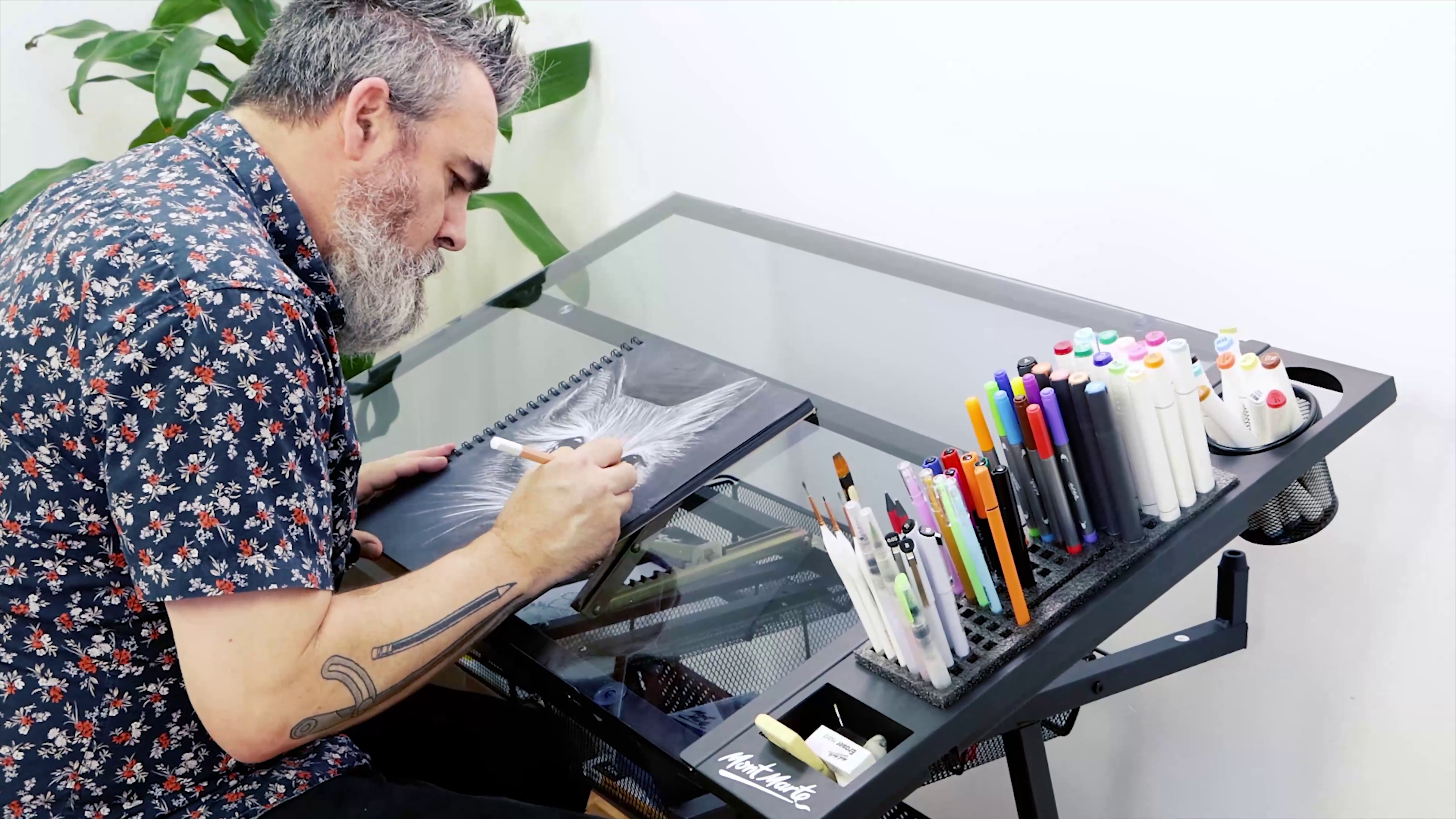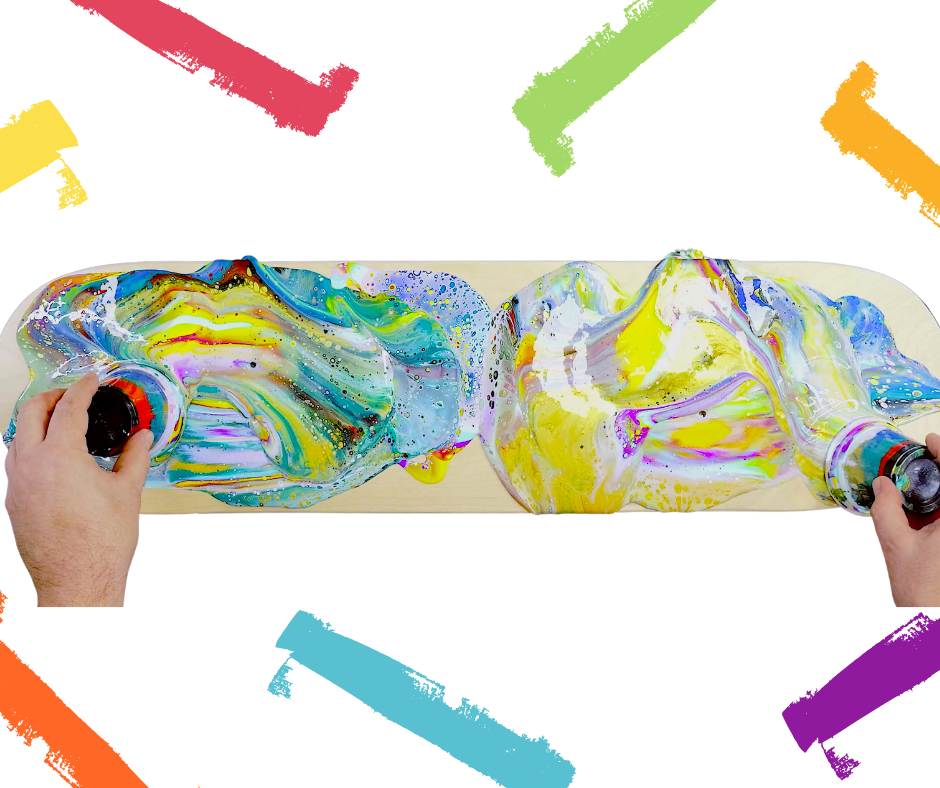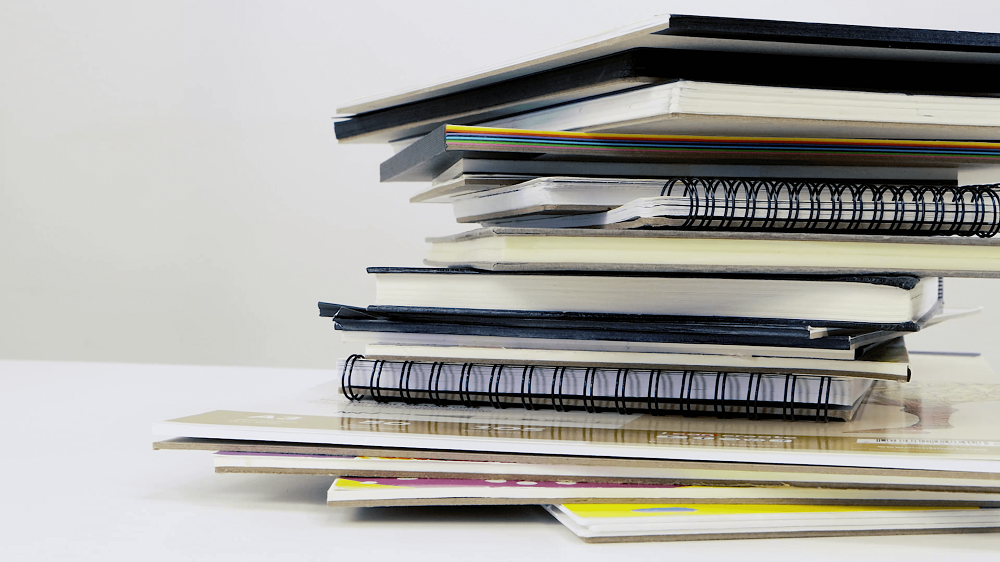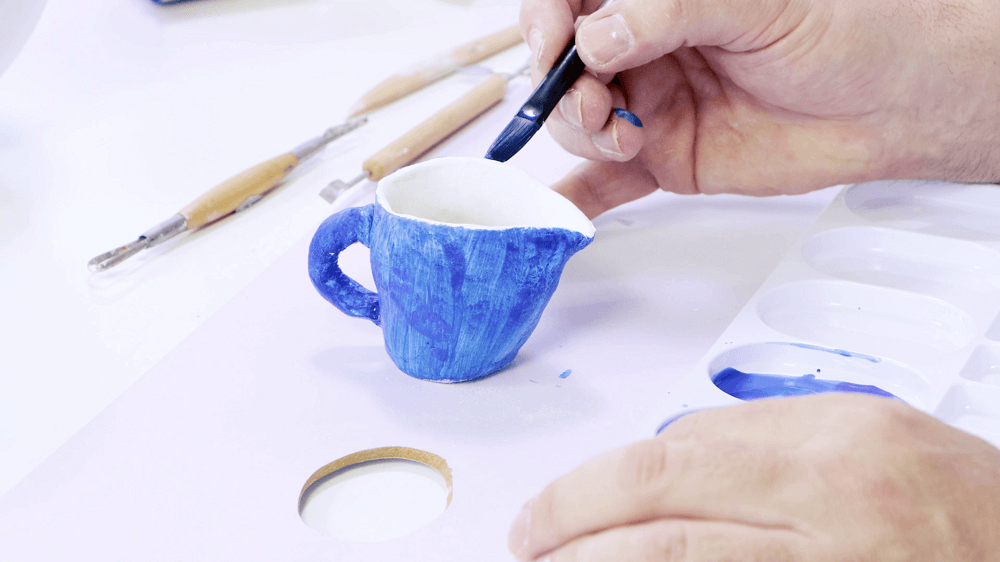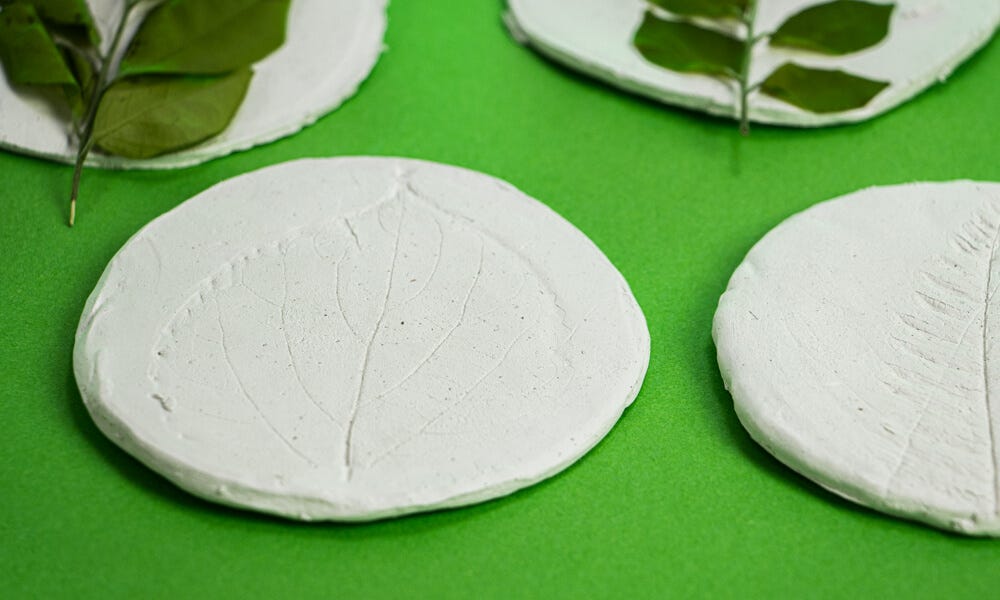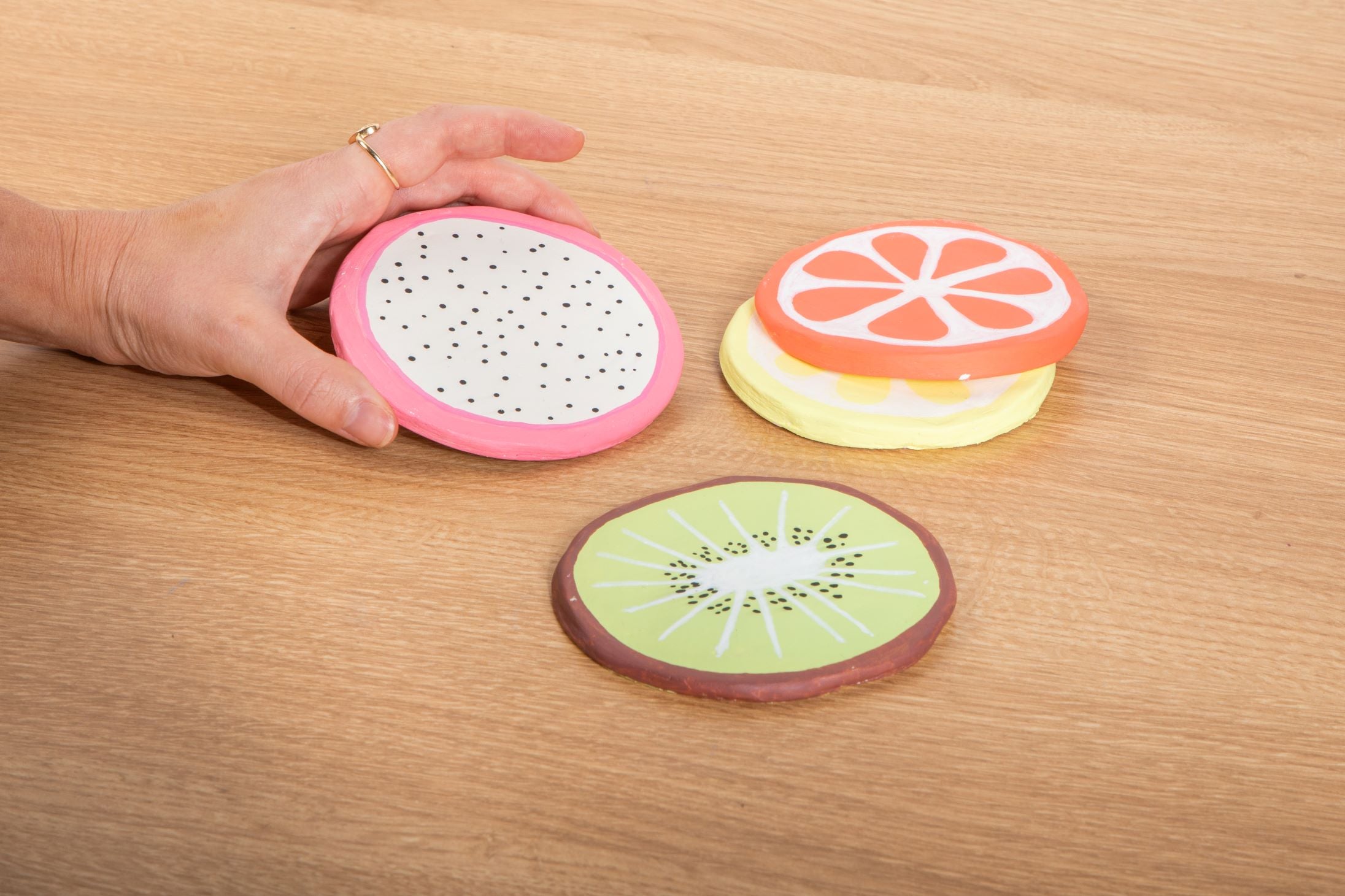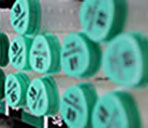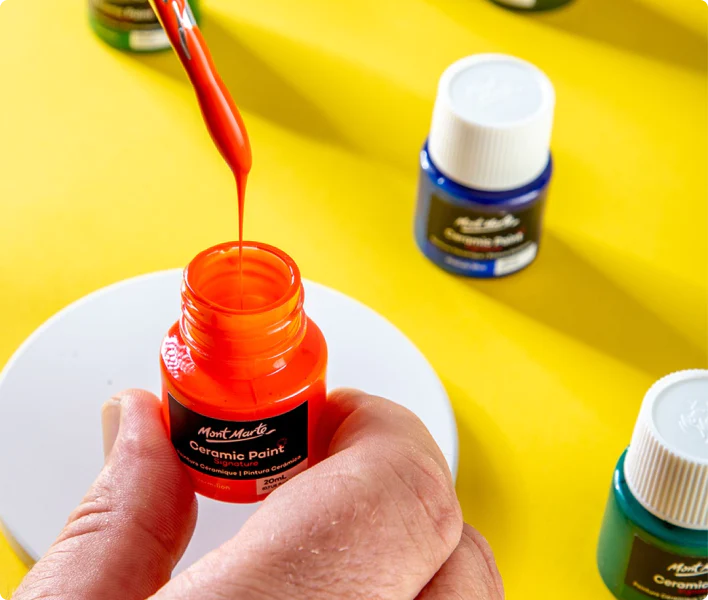Why is my polymer clay cracking?
There are a few reasons why you might see cracks in your polymer clay. This can be because of underbaking, overheating (leaving your creation too close to the hot element in the oven), or from the clay cooling too quickly.
It’s best to stick to the baking times on the packaging -- all clay brands are different, so read the directions on your clay first. Also, try to leave the oven door slightly ajar to let the clay slowly reach room temperature, after baking.
How to fix cracks in polymer clay:
Grab some Plaster of Paris and mix in a similar colour paint to the cracked clay. Mix this until all of the paint is combined and smooth. Next, apply the coloured paste to the cracked area. Use a fine, soft Taklon brush to work it into the crack, then allow the plaster to dry.
Preventing cracks in polymer clay
To prevent cracking in your clay creations, try to keep the thickness of your layers consistent and fully condition the polymer clay before baking. If your sculpture has any extended or raised portions, you can reinforce it with a support. For more on this, check out our 20 polymer clay tips and tricks for beginners.
We hope that helps you with your next clay creation!
Looking for more? Check out our awesome polymer clay range or check out more of our handy how-to videos.
Notes:
− Sometimes clay can crack when baked.
− Plaster of Paris – mix similar colour to the cracked clay.
− Mix until smooth
− Apply the paste to the crack
− Use a fine soft brush to work it into cracked area
− Allow to dry.
− You can prevent cracking by keeping the layer thicknesses consistent and fully condition your clay before using
− Supported any extended or raised portions of clay when baking.



